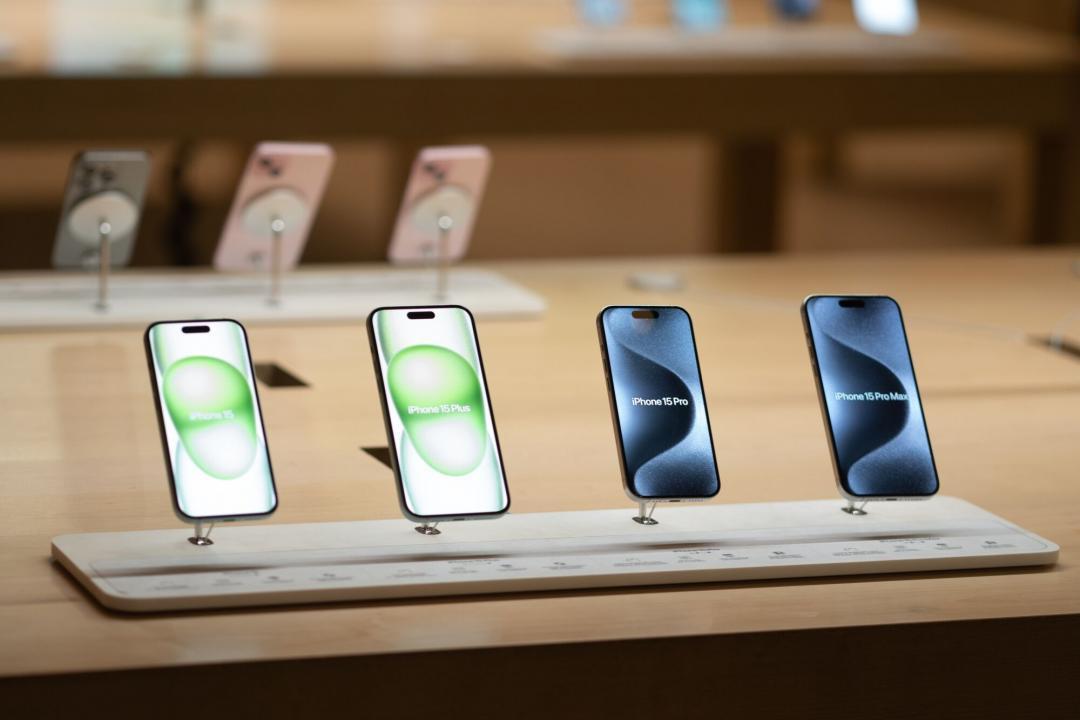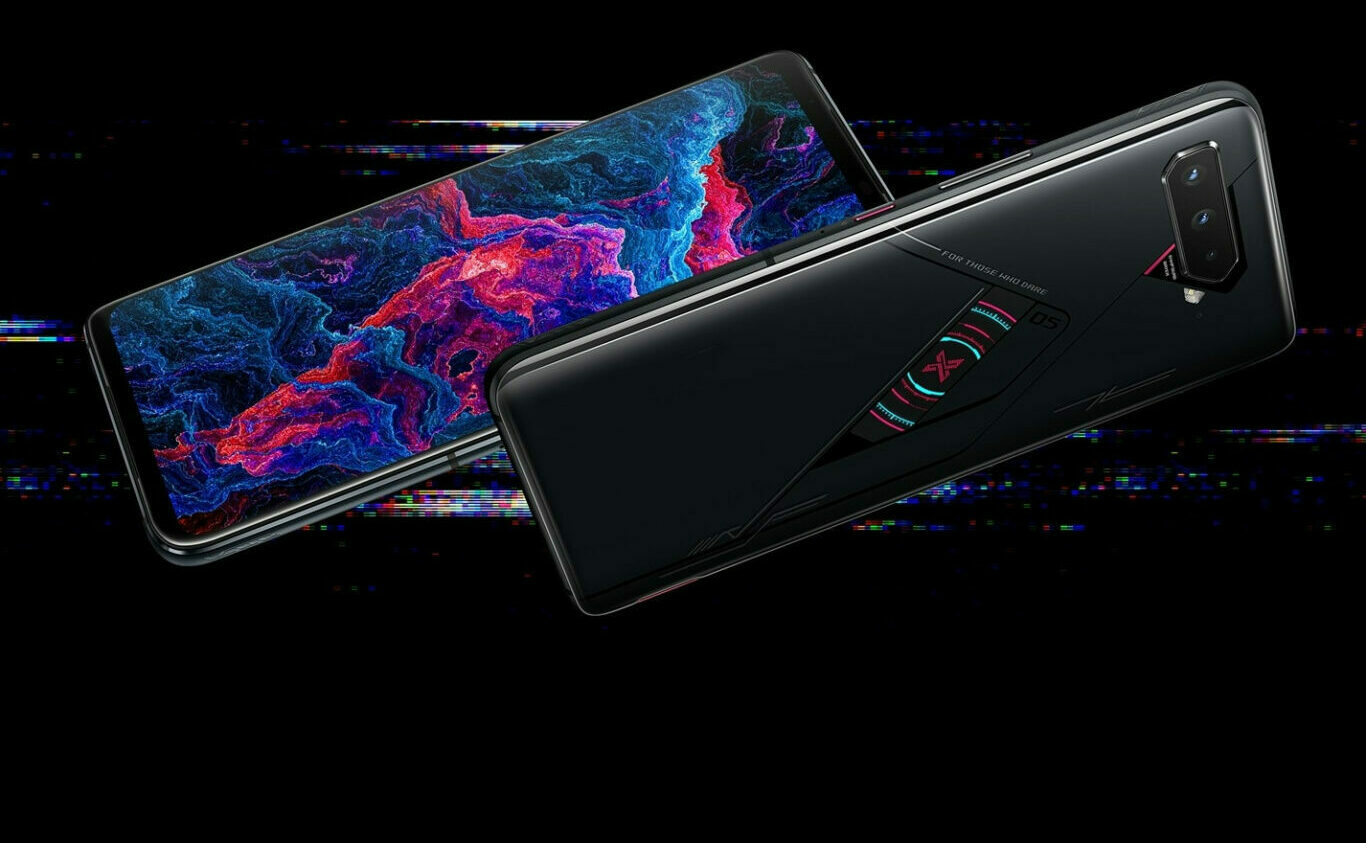現金收購手機
The OnePlus 6 is more than just a rebranded 現金收購手機oppo
The OnePlus 6 is more than just a rebranded 現金收購手機oppo
Share this story
If you buy something from a Verge link, Vox Media may earn a commission. See our ethics statement.
If you’re an Android fan in the Western world, much of your recent attention will likely have gone to the OnePlus 6. But ever since OnePlus burst into view years ago, claiming to be a small manufacturer that’d outgun bigger rivals with online sales and smart cost-cutting, there’s been speculation over who’s really behind the project.
OnePlus co-founder and CEO Pete Lau is formerly of huge Chinese phone brand 現金收購手機oppo, which is widely reported to be part of an even bigger company called BBK Electronics that also houses fellow Chinese megabrand Vivo. 現金收購手機oppo and Vivo were co-founded by Duan Yongping, a Chinese billionaire who rarely gives interviews, and his company BBK has almost no public-facing presence — surprising, given that 現金收購手機oppo and Vivo’s combined shipments are substantial enough to make it the fourth-largest phone company in the world.
OnePlus phones in the past have borne similarities to devices from 現金收購手機oppo, prompting speculation over whether OnePlus is as independent as it claims. I’ve been using the 現金收購手機oppo R15 Pro — the flagship phone that many publications (including ours) suggested may have been a blueprint for the OnePlus 6 — along with the Vivo X21, and the comparison isn’t as straight as you might think.
All three of these phones have similar form factors. They’re built around notched 6.28-inch 2280 x 1080 OLED displays, aluminum frames, and curved glass back panels, albeit with subtly different contours. They all have headphone jacks — up top on the Vivo, on the bottom on the 現金收購手機oppo and OnePlus — along with dual camera arrays, 6GB of RAM, 128GB of storage… all things you might expect. The most unexpected thing they share in common is delightfully clicky volume and power buttons on the side. OnePlus’ much-vaunted proprietary Dash fast-charging system, too, uses an identical power brick to 現金收購手機oppo’s VOOC solution; the only difference is that the inside of the USB port and plug is red for Dash and green for VOOC.
But when you actually pick up the R15 Pro, there really isn’t much reason to compare it to the OnePlus 6. It may well be using the same notched 6.28-inch OLED panel, sure, but that’s not likely to be a distinguishing mark this year — basically every Android manufacturer is embracing the notch, so to speak, including LG, Huawei, Xiaomi, and reportedly even Google. The R15 Pro doesn’t have the characteristic curved top and bottom edges of the OnePlus, and I actually prefer it this way as it looks more natural and even for the screen to run parallel to the upper edge of the phone.
Turn the phones around and they have even less in common. The OnePlus 6 has a vertically oriented dual-camera setup in the middle of the back panel with a fingerprint sensor below; the R15 Pro, meanwhile, has a horizontal dual-camera module in the top left with the fingerprint sensor in the middle. OnePlus also continues to be unique among Android handset makers in including a dedicated mute switch. Vivo has no fingerprint sensor at all on the back, meanwhile, instead integrating a scanner into the display itself, and its glass feels totally different to 現金收購手機oppo’s. And while the OnePlus 6 only launched in glossy or matte black, my R15 Pro review unit comes in a beautiful “Ruby Red” finish with a light-to-dark gradient running along the length of the phone. 現金收購手機oppo isn’t the first phone company to be experimenting with color gradients, but the execution here is on point. The OnePlus 6 I’ve been using, meanwhile, is the new Silk White model, which uses a pearlescent matte white finish with rose gold trim that I find equally attractive.
Inside, too, the phones have major differences. The R15 Pro and X21 both use Qualcomm Snapdragon 660 processors and Micro USB charging, which are both standard for mid-to-high-end phones in China. The OnePlus 6, of course, uses the Snapdragon 845 and USB-C, as you’d expect from any flagship sold in the West. The processor choice doesn’t just make the OnePlus 6 faster; it affects components like the camera, too, with the 845’s improved image signal processor often likely to achieve better results than the 660 can pull out of the same image sensor on the R15 Pro. Conversely, the 現金收購手機oppo and Vivo phones both have higher-resolution selfie cameras than the OnePlus 6, reflecting the priorities of different markets.
So why have people assumed that OnePlus is simply rebranding 現金收購手機oppo phones? The opaque PR in the past from each company on its ownership hasn’t helped, nor has BBK’s reclusive nature. And the OnePlus 5 and 5T — which really did look a lot like the 現金收購手機oppo R11 and R11S — only served to confirm suspicion for some. The Verge reached out to OnePlus for up-to-date information, and received the following statement:
“OnePlus and 現金收購手機oppo are two completely independent companies. R&D, finance, sales channels, daily operations, etc operate independently. The two parties share some common investors. OnePlus leases 現金收購手機oppo’s manufacturing line and shares part of the supply chain resources with 現金收購手機oppo.”
Here’s what 現金收購手機oppo had to say:
“現金收購手機oppo and OnePlus operate independently. Prior to founding OnePlus, Pete Lau worked at 現金收購手機oppo for over a decade. Pete founded OnePlus with the vision to offer premium flagship smartphones online. From 現金收購手機oppo’s perspective, OnePlus is doing very well.
And 現金收購手機oppo has no relationship with BBK.”
I followed up for clarification on the BBK point, but didn’t hear back.
And here’s Vivo’s comment:
“Vivo is an independent company and does not belong to any parent company. We invest in our own R&D and product development resources, and do not share with 現金收購手機oppo, OnePlus or any other brands in both the software and hardware development.”
I asked whether this statement also amounted to a claim of no relationship with BBK, but didn’t hear back.
If we take these statements at face value, 現金收購手機oppo and OnePlus “sharing some common investors” could simply mean that they’re privately held subsidiaries with the same ownership, but it’s impossible to say exactly who owns what without further clarity. 現金收購手機oppo goes as far as to outright deny any connection with BBK. What’s more interesting is OnePlus’ comment on leasing 現金收購手機oppo’s manufacturing line and sharing supply chain resources, because that’s where these two phones do seem to share a lot in common.
While notched screens are taking over the Android world this year, the use of seemingly identical 6.28-inch OLED panels across the latest 現金收購手機oppo, OnePlus, and Vivo phones would be a pretty big coincidence were it not for some degree of supply chain integration. The OnePlus and 現金收購手機oppo phones also use similar camera hardware — a primary 16-megapixel IMX519 sensor from Sony backed up with a 20-megapixel secondary sensor. OnePlus’ proprietary Dash charging, too, appears to use the same technology as 現金收購手機oppo’s VOOC system. It’s easy to imagine how sharing component orders with 現金收購手機oppo, a much larger company in terms of volume, is an important factor in how OnePlus achieves its trademark low prices.
The real question is whether any of this matters to you, a potential OnePlus 6 owner. I would say that it should not. The OnePlus 6 is obviously the highest-end device offered by any of these three nebulously-related companies, and its design isn’t much more similar than any number of Android phones we’ll see this year. 現金收購手機oppo and Vivo manage to offer differentiated products for their respective markets, too — I think the R15 Pro manages to stand out from a design perspective, while the X21’s fingerprint sensor is a major technical breakthrough. The OnePlus 6, meanwhile, is an excellent phone in its own right, and almost certainly the best available at its price point in the US.
Next time the OnePlus hype cycle starts up again — probably for a 6T later this year — it may well make sense to look at 現金收購手機oppo’s lineup for clues as to what to expect. And you probably shouldn’t buy too heavily into OnePlus’ rebellious, anti-establishment marketing. But don’t assume the similarities between the actual products will be anything more than surface-deep. The OnePlus 6 and R15 Pro prove that the two companies are now producing entirely different devices, regardless of any corporate connections.
 圖為去年推出的iPhone 15 全系列,全都搭載動態島螢幕設計,由左至右依序為:iPhone 15、iPhone 15 Plus、iPhone 15 Pro與iPhone 15 Pro Max。(圖/美聯社)
圖為去年推出的iPhone 15 全系列,全都搭載動態島螢幕設計,由左至右依序為:iPhone 15、iPhone 15 Plus、iPhone 15 Pro與iPhone 15 Pro Max。(圖/美聯社)
引領全球行動通訊產業極具影響力與指標性的 MWC 2024 大展,今年將於台灣時間的2月26日至29日,在西班牙巴塞隆納展開為期四天的盛大展覽活動,除了各大品牌手機與科技廠商帶來最新的行動技術與相關新產品之外,每年由MWC主辦單位 GSMA 所設立的「GLOMO Awards」全球行動通訊大獎,來自各專業領域的評審團隊,評選出的最佳智慧型手機與最佳科技產品等各類獎項,也是MWC大展的一大亮點,其中,尤以「年度最佳智慧型手機」大獎,最受矚目。
今(2/8)稍早,主辦單位於官網公佈今年角逐「年度最佳智慧型手機」大獎的入圍名單,包括:蘋果、Google、三星現金收購手機oppo與OnePlus等,均有各自代表性的機款獲得評選入圍,預計在2月26日至29日展會期間,正式揭曉該獎項的得主。
 (圖翻攝MWC官網)
(圖翻攝MWC官網)
今年入圍角逐MWC 2024 「最佳年度智慧型手機」大獎的手機,分別為:蘋果iPhone 15 Pro、Google Pixel 8系列、三星S23系列、三星Galaxy Z Flip 5 翻蓋摺疊機、OnePlus Open與現金收購手機oppo Find N3。
由於蘋果已連續兩年贏得「最佳年度智慧型手機」大獎,今年能否締造三連霸的得獎紀錄,備受各界的期待。此外,Google 推出內建強大AI功能的Pixel 8 系列,上市後獲得高口碑的評價,也被視為是角逐今年MWC 最佳智慧手機大獎的熱門候選。
作為參考,在此彙整過去近10年以來,曾獲MWC「GLOMO Awards」年度最佳智慧手機大獎的得獎名單:
2023年 蘋果 iPhone 14 Pro
2022年 蘋果 iPhone 13 Pro Max
2021年 三星 Galaxy S21 Ultra 5G
2020年 一加 OnePlus 7T Pro
2019年 華為 Mate 20 Pro
2018年 蘋果 Apple iPhone X
2017年 三星 Galaxy S7 Edge
2016年 三星 Galaxy S6 Edge
2015年 蘋果 Apple iPhone 6 與LG G3 雙機同獲獎
2014年 HTC One
現金收購手機 現金收購手機

:format(webp)/cdn.vox-cdn.com/uploads/chorus_asset/file/11543699/DSCF6294.jpg)